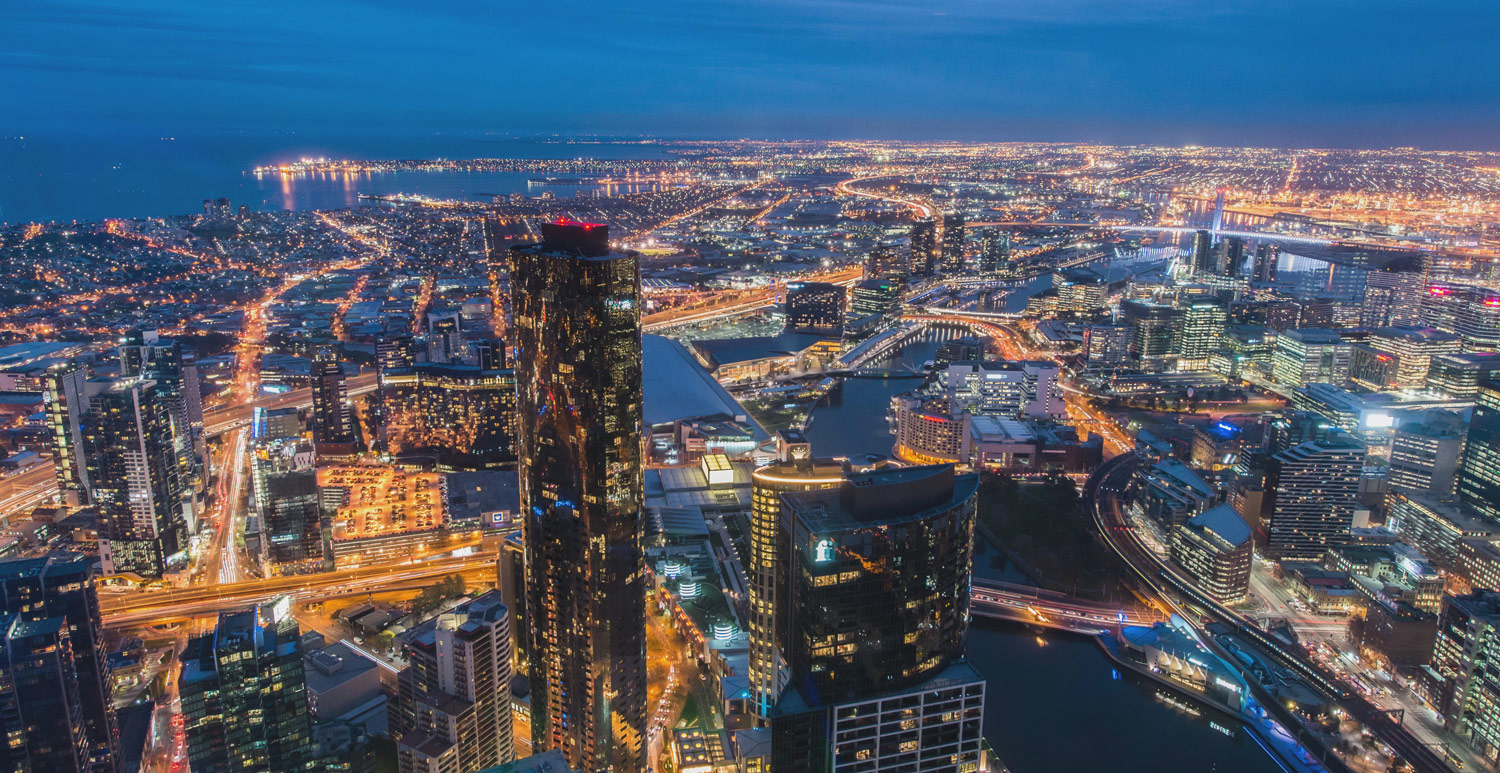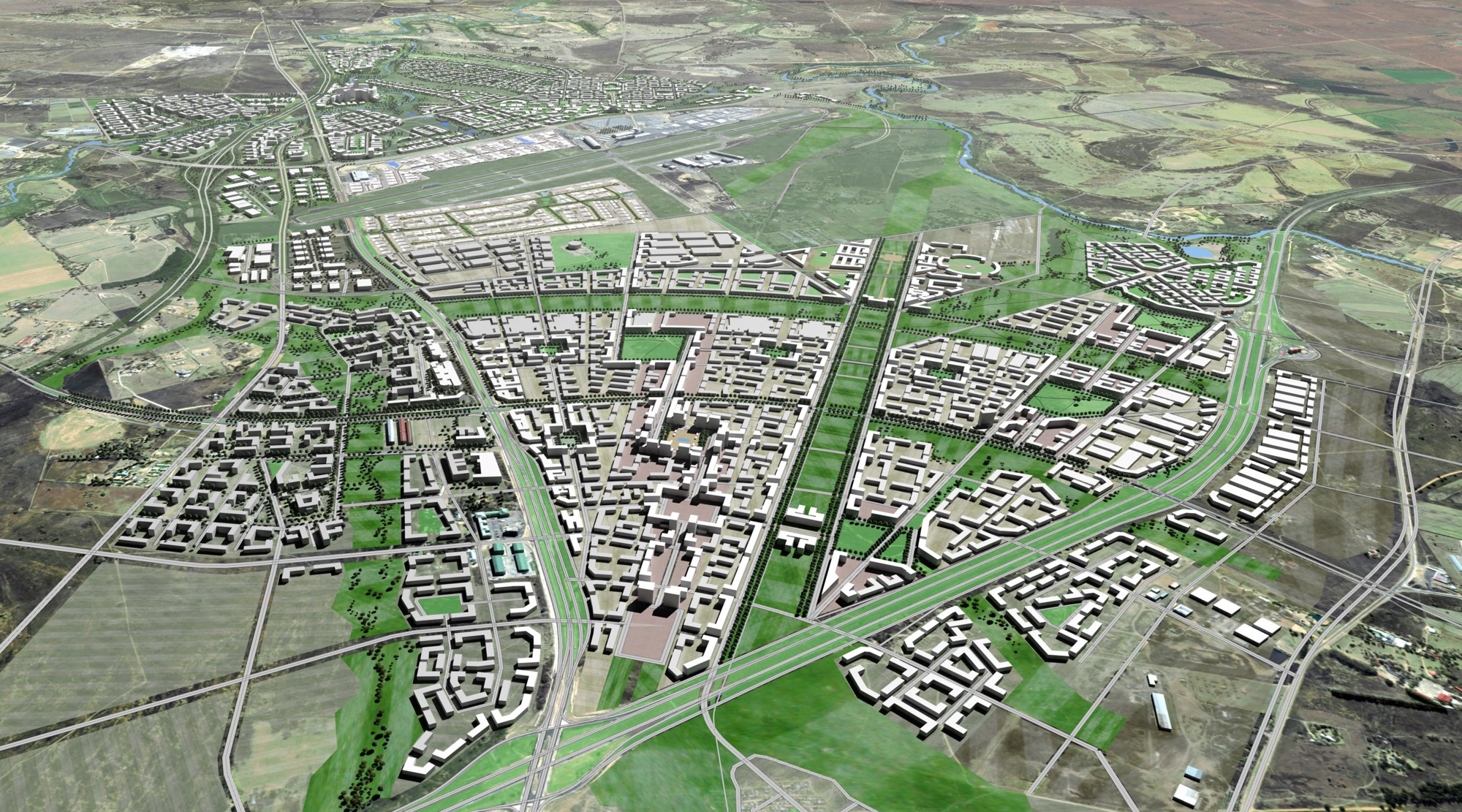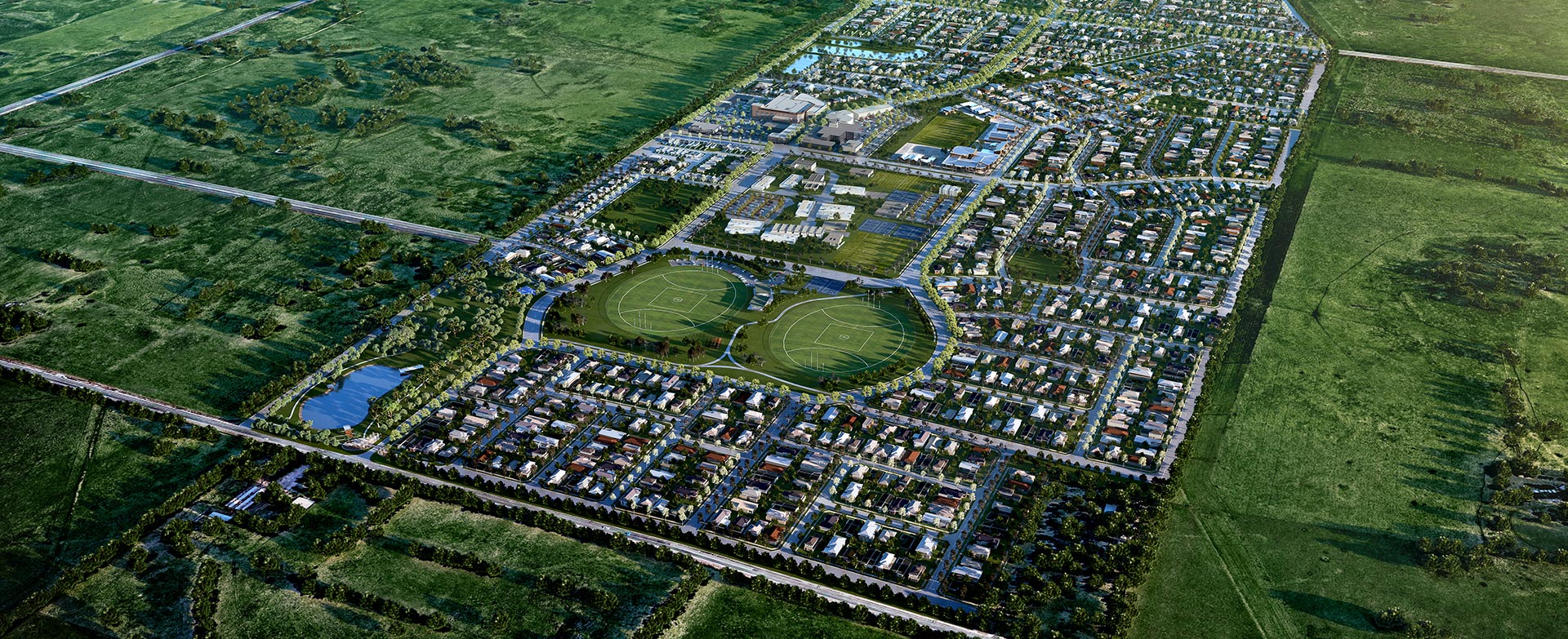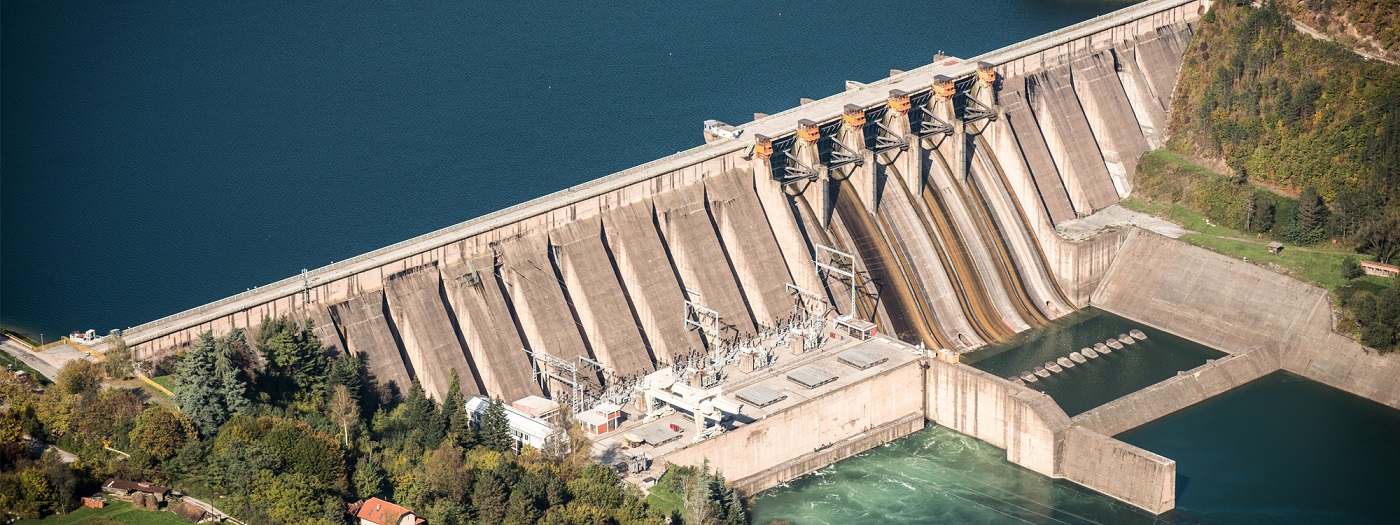
The Smart Cities agenda is about how we can use rapidly advancing technology and data as part of our toolkit to deliver better outcomes for our clients, and to also do our work more effectively and efficiently – consider the advances in engineering drafting systems and drone technology that we now use.
Smarts can help to bridge the gap between our aspirations for continuing improvements to our quality of life and unsustainable resource consumption. Whilst Smarts might not be a silver bullet to all our challenges, we certainly understand that embracing and deploying rapidly-advancing technologies can continue to support us to become increasingly efficient and effective in our work and producing better and more cost-effective outcomes for our clients.
There are many different views about Smart Cities and what the impacts and opportunities may be. Here are some thoughts.
A reduced dependency on individual cars
One thing that is clear is our dependence on cars must reduce in big cities. It’s physically impossible to provide sufficient new road infrastructure in our large urban centres to provide the accessibility we need. The number of roads and cars that we need to move the amount of people requiring mobility in our cities simply won’t be able to fit into the physical fabric of our cities. In places like Melbourne or Sydney, not only do we have congestion at ground level, there is competition for the remaining spaces left underground. Communities are already comprehending this, with a recent survey from the Tourism and Transport Forum showing 70% of people believe investment in public transport is of paramount importance. To reduce private car usage, public transport options must be smart, plentiful and accessible.
A shift to autonomous vehicles
While there is a huge buzz around autonomous vehicles (and we are part of the action!), there are strong indications that the bulk of vehicles will not be fully autonomous for quite some time. Rather, we will see a huge move to semi-autonomous transport where safety and driver-assist options will be rapidly adopted – this is particularly important in the freight sector. While cars can already park themselves, and detect when they are going over lanes, much more needs to happen before we’re predominantly in autonomous vehicles. There are also concerns that they could even increase congestion and result in other perverse outcomes that we need to avoid. We have a role in working with governments, researchers and vehicle technology providers, perhaps initially in “geo-fenced” areas to continue to develop this technology and strive to make our transport systems more efficient, safer, and autonomous-compliant. You can find out more here. (Please link to Jerome’s post)
Energy change
It is very much the mantra at the moment that we need behaviour change to reduce our energy consumption and thereby reduce our greenhouse gas emissions to save the planet. Of course, this is correct if we continue to use polluting energy sources. But energy itself is not evil – it’s where we get our energy from which has implications for air pollution and carbon emissions – access to readily available energy has increased the quality of lives across the world immeasurably and we need to continue to support communities to have better access to “reliable, affordable and sustainable” energy supplies. So the real target should be less the use of energy, but much more the source of energy – though of course targeting efficiency and pollution concurrently is best.
Some people are choosing to become more ‘energy-independent’. In Australia, adoption of solar power is already high and batteries are also getting cheaper every day. Households and businesses will make renewable energy options part of their day-to-day strategies, and we need to be conscious of how it makes sense to integrate these into the projects we work on.
Adapting to Climate Change – including in infrastructure design
We are already witnessing the physical impacts of climate change – anyone who took chemistry in High School might remember that when you warm things up molecules get more active and unstable. So we will need to be conscious of what these changes mean in terms of hydraulics and extreme storm events, how far will cyclones move south, how big hail stones might become and how susceptible we will become to droughts and bushfires. But it is pure heat that is perhaps the biggest issue. Heat stress already kills more Australians than all our other natural hazards put together, and BOM is now openly saying we need to be planning for Sydney and Melbourne experiencing temperatures of 50 degrees C.
Design standards will therefore need to respond to more extreme weather events and temperatures, but we also need to be thinking about how infrastructure and the built environment can help protect and cool people – living infrastructure and cooler surfaces are core to this – and this is a huge topic in itself. Smart sensors can certainly be part of the toolkit so we understand when to shut things down or turn things on. Smart sensors can be used as part of a Council’s watering system, for example, to prevent over or under watering, thus reducing costs and increasing the life span of urban green spaces.
Virtual Reality used on Upgrading Hoddle Street Project
Not everyone has the capacity to read plans and technical drawings, so to have a tool to show clients and stakeholders the concepts, and then to be able to tweak the design in real-time is a game changer. SMEC is ramping up its use of Virtual Reality in communicating our design and we can even progressively use it in the design process. You can learn more about the VR technology used on this project here.
Drones improving data and safety
SMEC is utilising drones to inspect hard-to-reach places more efficiently. The result is cost and time savings for clients and safer working environments.
Using smart tech to monitor public spaces
Right now, we can detect the density of mobile phones in a predefined area. We can gather data that allows us to see how people are using public spaces. For example, how do people move around and use public transport stations or sporting venues?
Safe and efficient smart lighting
Smart lights along a bike or pedestrian path, or even a main road, can detect where people are, and when, meaning lighting can provided on an as-needs basis. Combined with LEDs this means huge savings too.
Make no doubt about it, Smart Cities are a major focus of local and global agendas. If you’re not part of the Smart City discussion, then now is the time to get involved.
Related
insights
 Designing tomorrow’s sustainable cities: Lanseria Smart City
Designing tomorrow’s sustainable cities: Lanseria Smart City
The Greater Lanseria Master Plan (GLMP) is the first stage in the development of the new Smart City in Lanseria (Gauteng Province), as announced by South African President Cyril Ramaphosa in his 2020 State of the Nation Address. Following the announcement, a joint initiative led by the Gauteng Office of the Premier was formed to undertake extensive studies and engagements for the planning of Lanseria Smart City.
 Embracing the Smart Agenda
Embracing the Smart Agenda
SMEC is made up of problem solvers. We have always helped to find solutions for people - it’s part of our DNA. That’s why the Smart Cities agenda simply represents a contemporary part of our innovation journey and fits neatly into SMEC’s strategic approach to grow and diversify our business.
 70 Years Forward: Urban communities
70 Years Forward: Urban communities
Urban development has changed dramatically over the past 20 years and future transformation will continue to occur swiftly. At SMEC, we are preparing for seismic shifts in urban development practices that could potentially rewrite how we design the spaces in which we live and work.





